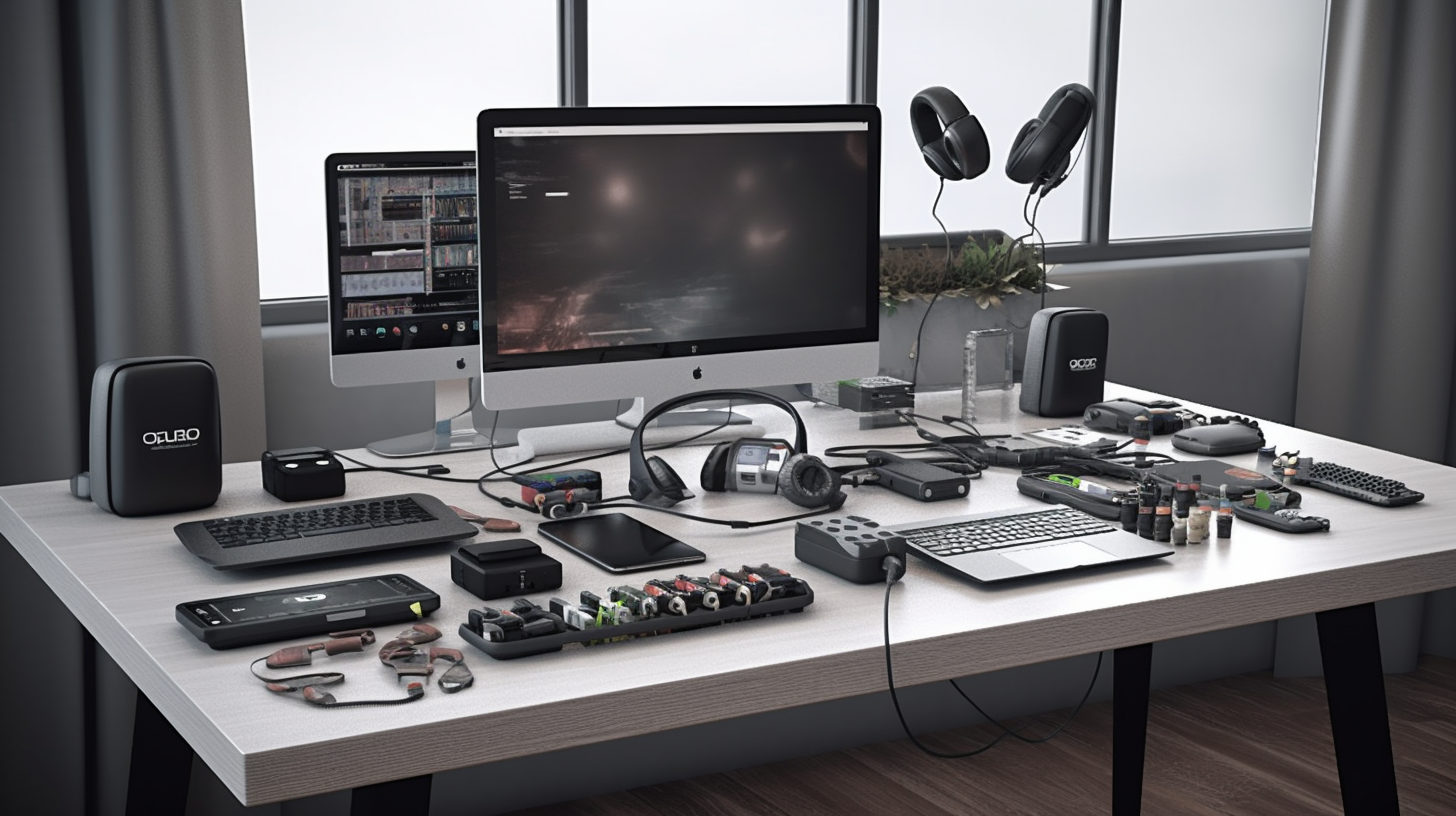All Pumped Up: A Full-Dive Into Setting Up and Configuring Accessories and Ports of Mobile Devices for the CompTIA A+ Core 1 (220-1101) Exam

Well hello there, tech enthusiasts! I bet you're all revved up as we go full throttle into the intricacies of setting up and configuring accessories and ports of mobile devices, especially as it pertains to the CompTIA A+ Core 1 (220-1101) Exam. Have you ever faced a situation where you've stared down a batch of cables and ports, trying to play match-the-port? Come on, admit it, we all have experienced this. But my friend, stop worrying! This blog post is going to help you get a firm grip on this rad topic. Stay with me, and by the end, you'll turn into a true ports and accessories whisperer, pro-level setups will be your game.
Understanding the Scoop on Ports
Shall we took the plunge and dive in? Starting with the ABC...err...USBs of it. Look, the Universal Serial Bus (USB) ports are the basic necessity for connecting devices. USB ports come in a range of types, from Type-A, Type-B, Micro-A and Micro-B, to the latest Type-C, with each one flaunting its unique features and applications. But they prove as adaptable as a chameleon, adjusting to pretty much anything you plug into them. It's your tech world's version of catch-all phrase!
Additional Ports and Their Roles
Oh, but we're far from done! Don't you forget about other ports: the trusty HDMI (High-Definition Multimedia Interface) for transmitting sound and video in superb quality; the stalwart Auxiliary jack for connecting headphones or speakers; and the Lightning Connector for our Apple aficionados out there. How about that microSD slot, the unsung hero of expandable storage? Now, that’s a plethora of ports, isn't it? Makes you feel like a kid in a candy store!
Going Wireless: The Brave New World of NFC and Bluetooth
Don't think we forgot about the wireless wonders! Cutting the cord doesn’t mean losing the plot. Near Field Communication (NFC) and Bluetooth have revolutionized the way devices communicate, like two peas in a pod. It’s magic in thin air, folks, giving you the freedom to connect with another device without always having to play peek-a-boo with ports!
Getting Hands-on: Tips to Configure Ports Effectively
Now for the pièce de résistance: effectively configuring these ports. It’s not all Greek to me, and soon it won't be to you, either. Often, incorrect settings trigger port issues, but you can turn things around by merely selecting the appropriate port, aligning the right setting for your device, and keeping your software and drivers current. Sounds pretty straightforward, right? We'll it's about to get easier!
Accessorize to Optimize: Make the Most of Mobile Device Accessories
And finally, the cherry on top: Setting up accessories for mobile devices. From protective cases and screen protectors to Bluetooth keyboards and smartwatches, the right accessories can transform your tech experience, adding a bit of oomph to your gear. The key to this secret garden? Research, folks. Understand the accessory, its purpose, compatibility, and setup process. Remember, knowledge is power!
In conclusion, setting up and configuring accessories and ports on mobile devices isn't rocket science. With a sprinkle of patience, a hefty dose of practice, and adequate knowledge, you can master this skill. The CompTIA A+ Core 1 (220-1101) Exam is your stepping stone to this tech utopia and this blog post has aimed to make that journey a bit cozier. We've navigated through the secret alleys of ports and the manifold avenues of accessories. So, strap on your tech boots tight, it's time to rock the CompTIA A+ Core 1 (220-1101) Exam. Onward and upward, tech soldiers!